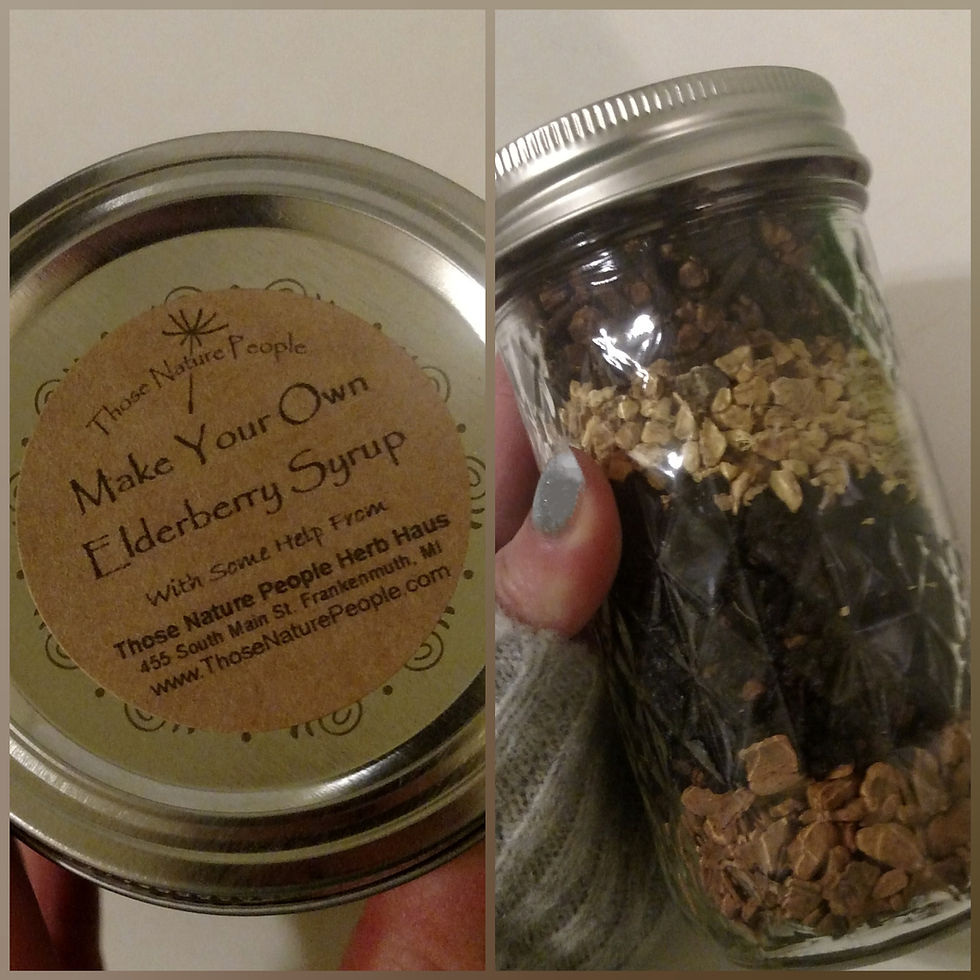Let's Talk about Tea! ☕🌺🍃🍵
- gram
- Nov 17, 2017
- 3 min read
The wonderful world of tea is complex and comes with a history as diverse as the variety of teas that are available. Cultures throughout history have enjoyed tea both for its taste and medicinal qualities, but the oldest use on record is in 3rd Century China. It was most likely used as medicine first, but quickly became prized for its flavor. Over then next centuries, different ways to prepare the tea became popular, and tea spread throughout the world at the hands of explorers and merchants. British folks fell in love with tea during the 17th century, and the British Empire became particularly influential in spreading the love of tea round the globe. Today, tea is the second most widely consumed drink in the world--only water is more common!
Technically, tea is a drink that is made specifically with leaves from the plant Camellia Sinensis, an evergreen that is native to East Asia, but is grown all over the world today. Tea has some pretty impressive properties that are supportive to the health of the human body, and researchers believe they have identified why: Tea contains polyphenols (a type of antioxidant) and phytochemicals. Teas have therefore been studies for the various ways they can help the body fight off disease and stay in prime health. Among other things, tea is said to been supportive to the cardiovascular system, the muscular system, the skeletal system, the brain, endurance and energy, protection from ultraviolet rays, fighting free radicals, disease and cancer prevention, and processing sugars, among other things. WOW! Drinking tea is a great thing to do for your body, and its so easy... and delicious! There's a tea out there for everyone!

Tea is commonly prepared by pouring hot or boiling water over whole leaves, but can also cold brewed, or prepared with powdered leaves instead of leaving them whole. In addition, there are types of tea that are prepared using more than leaves... it all depends on the tea! But before brewing, the tea goes through a preparation process, and this is where you get all the true variety. There is one main step in the process that makes all the difference: oxidation. This is a naturally occurring process that darkens the color of the tea leaves and changes the flavor and aroma. All this is due to chemical reactions that happen in the leaves when their components are exposed to oxygen. Tea producers prevent, control, or initiate oxidation in order to produce a variety of teas.
There are as many different types of tea as there are persons to classify it, but generally, there are six generally recognized. Remember, the difference in these teas is NOT the plant, but the way the tea is processed. We have organized these, beginning from mom-oxidized to fully oxidized:
White Tea
Green Tea
Yellow Tea
Oolong Tea
Black Tea
Pu'erh Tea
There are many other steps in the tea-making process that affect the outcome of the leaves, such as withering, shaping, and fermenting. Of these six varieties, the most popular are White, Green, Oolong, and Black. We will be blogging about these four types of tea, and sharing some examples of our teas over the next few months! Make sure you stay tuned for some awesome tea!!
*These statements have not been evaluated by the FDA. We make no claim to their ability to treat or cure any medical condition. This product is not to replace the care of a doctor. This information is for informational purposes only and is not to be taken as medical advise. Consult with your doctor before starting any dietary supplements, especially if you are pregnant, breastfeeding, or have a medical condition. Discontinue use and consult a doctor if any adverse effects occur.






Comments